Polar bears are one of the most iconic animals in the Arctic, and their adaptations to this harsh environment have been remarkable. Polar bears are uniquely adapted to survive in a cold climate, with thick fur that insulates them from extreme temperatures and an impressive layer of fat that helps keep them warm. In addition to these physical features, they also possess several behavioral and physiological adaptations which enable them to thrive in their habitat. Lets dig deep down and list down all the adaptations of a polar bear one by one.
Adaptations Of A Polar Bear
Polar Bears have evolved numerous traits ensuring successful reproduction & population growth even under some of harshest conditions imaginable – making sure future generations continue living happily ever after amidst frozen tundra landscapes.
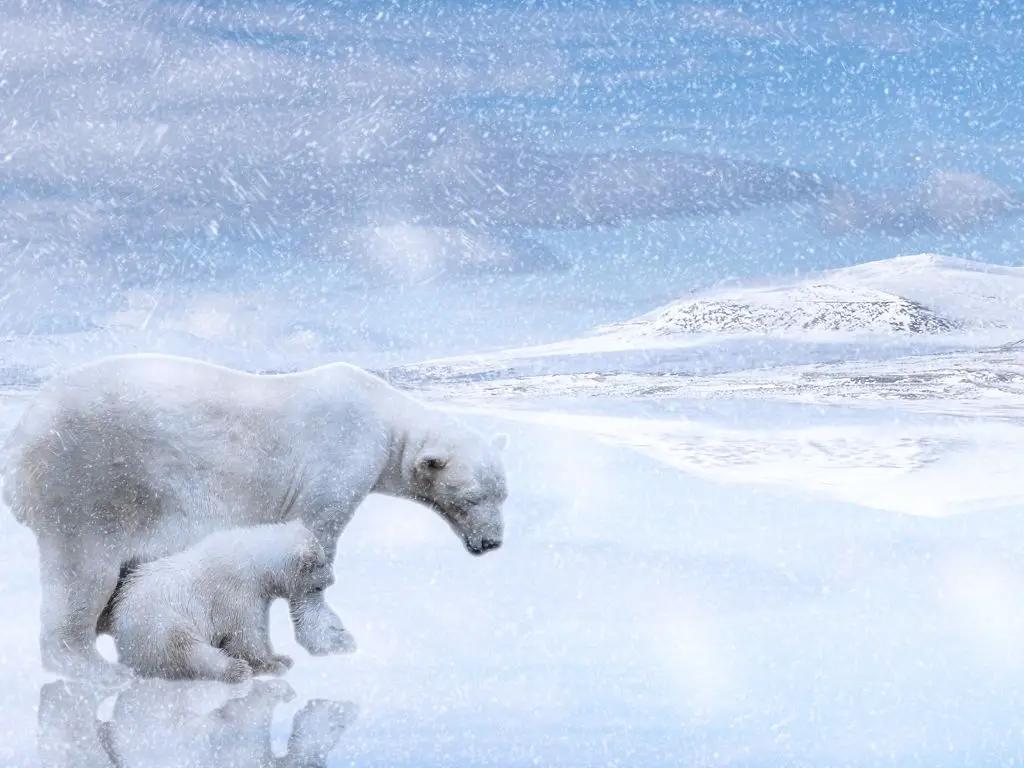
Behavioral Adaptations Of A Polar Bear
Polar bears have several behavioral adaptations that allow them to survive in their Arctic environment. These include:
Hibernation
During the winter, polar bears enter a hibernation-like state known as “walking hibernation.” They spend most of the winter in their dens, where they conserve energy and wait for the return of the sea ice.
Hunting
Polar bears are skilled hunters and use their sense of smell to locate prey under the snow. They also use their large paws to dig through the snow to reach prey.
Migration
Polar bears are migratory animals and follow the sea ice as it forms and melts. They travel long distances in search of food and mating opportunities.
Social behavior
Polar bears are solitary animals, but they will congregate in areas where food is abundant, such as around seal breathing holes.
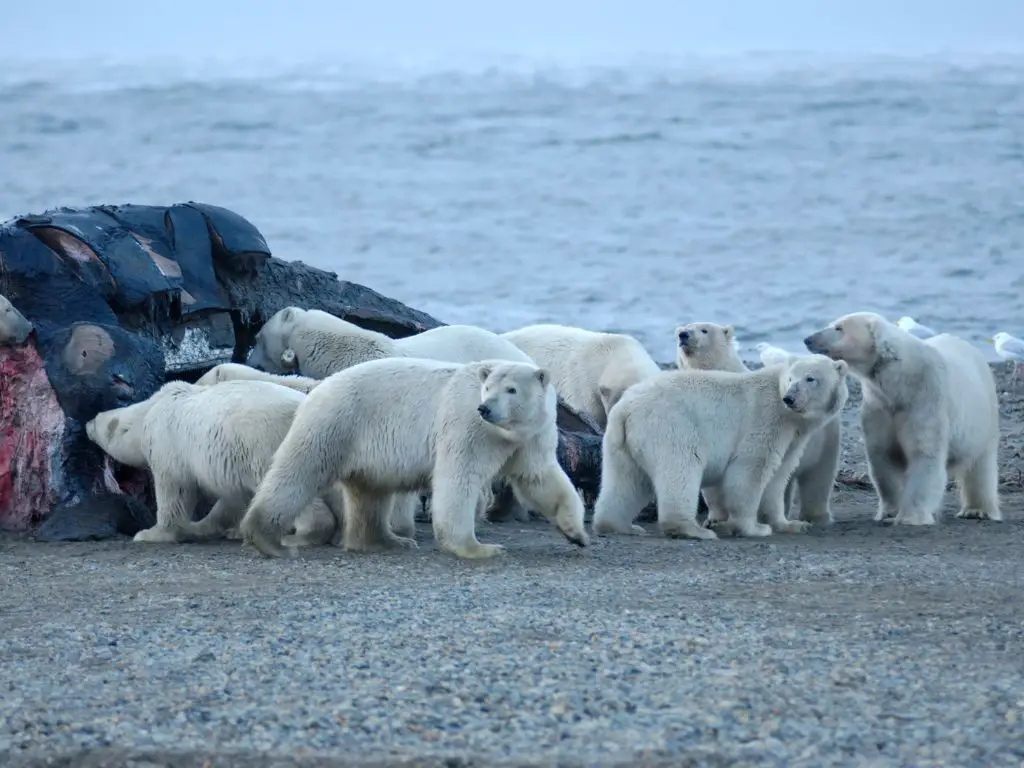
Mating behavior
Male polar bears will compete for access to females during the breeding season. They engage in aggressive behavior such as roaring, biting and swiping.
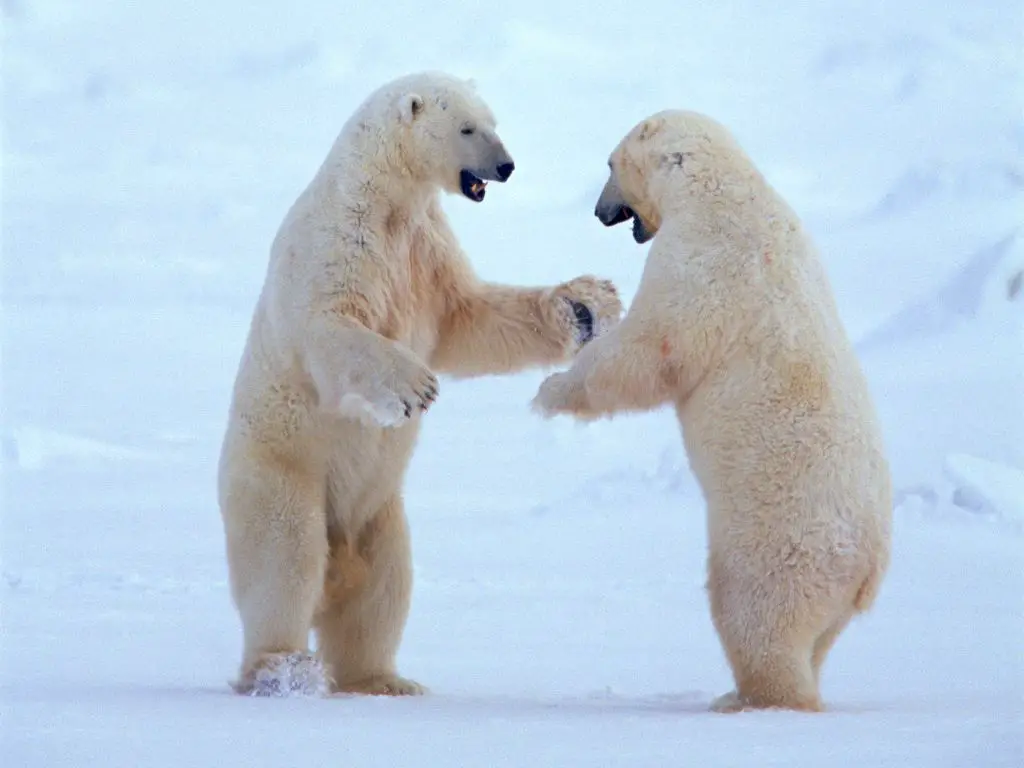
Parenting
Female polar bears give birth to cubs in the den, and are fiercely protective of them. They will fiercely defend the cubs from any perceived threats.
Learning and Memory
Polar bears are intelligent animals, and are known to exhibit complex problem-solving behavior, and they have a good memory, they remember the location of good hunting spots and migrate to them.
Structural Adaptations Of A Polar Bear
Polar bears have several structural adaptations that allow them to survive in their Arctic environment. These include:
Thick fur
The polar bear fur is made up of two layers, an insulating undercoat and a longer guard coat, which provides insulation against the cold.

Fat layer
Polar bears have a thick layer of fat, which also helps to insulate them from the cold and provides a source of energy.
Large body size
Polar bears are the largest land carnivore, and their large size helps to reduce heat loss.
White fur
The white fur helps polar bears blend in with their surroundings and makes it easier for them to stalk their prey.
Large paws
Polar bears have large paws that act like snowshoes, distributing their weight over a larger area and allowing them to walk on soft snow.
Thick skin
Their skin is thick and black, which absorbs the sun’s rays, helping to warm the bear’s body.
Sense of smell
Polar bears have an excellent sense of smell, which they use to locate prey under the snow.
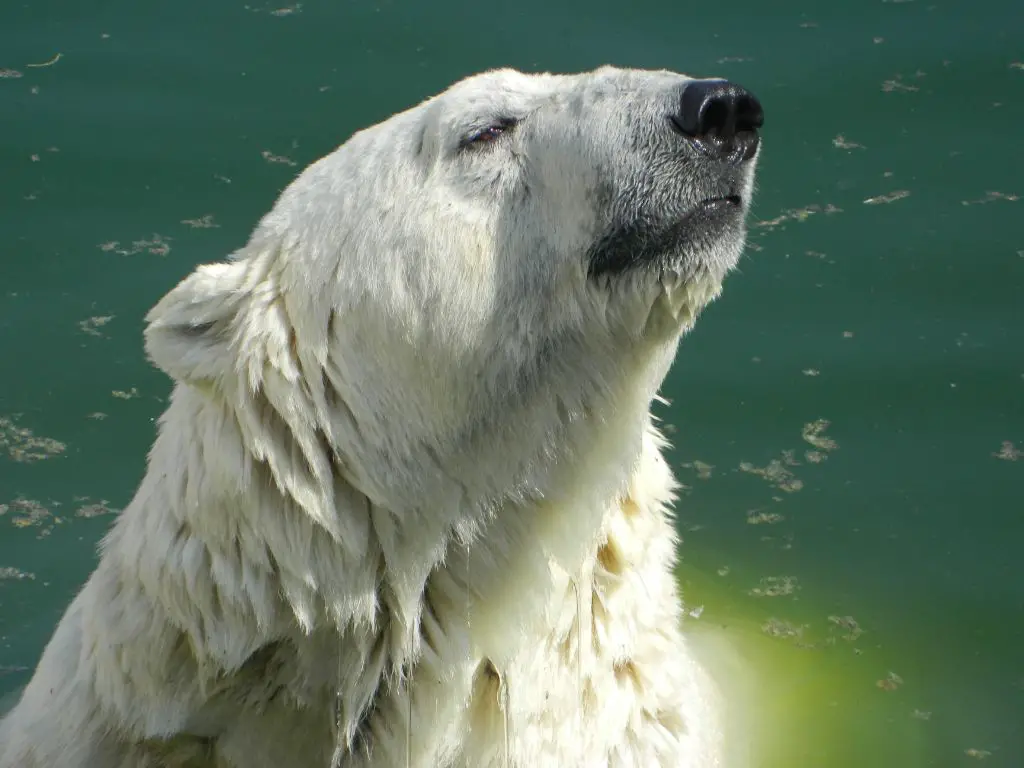
Strong swimmers
Polar bears are strong swimmers and can swim for long distances, which allows them to hunt for food in the ocean.
Large Head
The large head is proportionate with the body which helps them to break through the ice to hunt for seals.
Sharp claws
Sharp claws are used for hunting and climbing on ice.
Powerful jaws and teeth
Polar bears have powerful jaws and teeth, which they use to capture and kill prey.
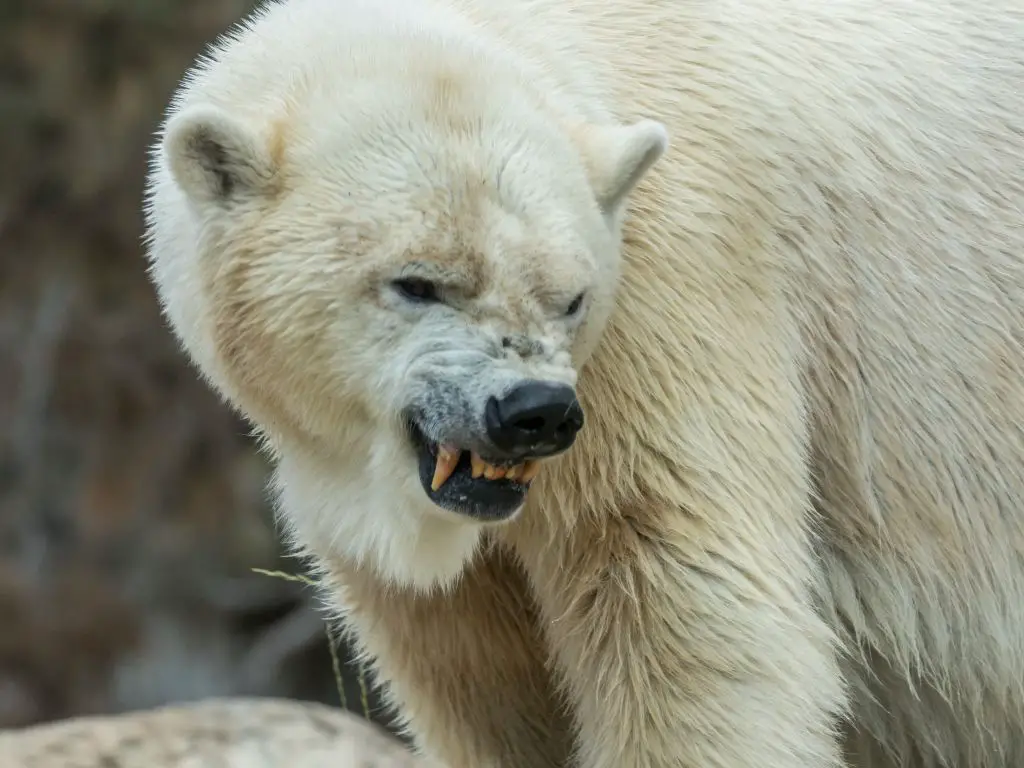
Insulated nose
Their nose is insulated to prevent the loss of heat while they are hunting in the cold.
Physiological Adaptations Of A Polar Bear
Polar bears have several physiological adaptations that allow them to survive in their Arctic environment. These include:
Insulation
Their thick fur and fat layer help to insulate them from the cold and maintain their body temperature.
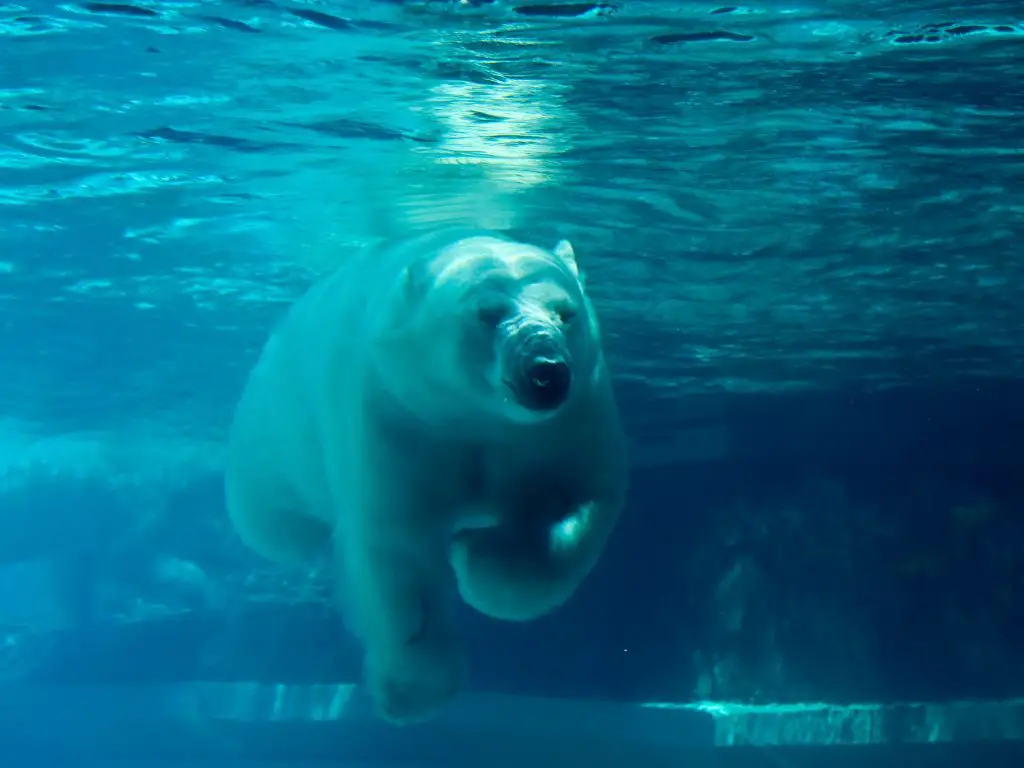
Metabolism
Polar bears have a slow metabolism, which allows them to conserve energy during the winter when food is scarce.
Blood flow
Polar bears have a specialized circulatory system that helps to keep their extremities warm and reduce heat loss.
Breathing
Polar bears have a low respiratory rate which allows them to conserve oxygen while they are hunting under the ice.
Thermoregulation
Polar bears have the ability to regulate their body temperature and maintain a balance between heat loss and gain.
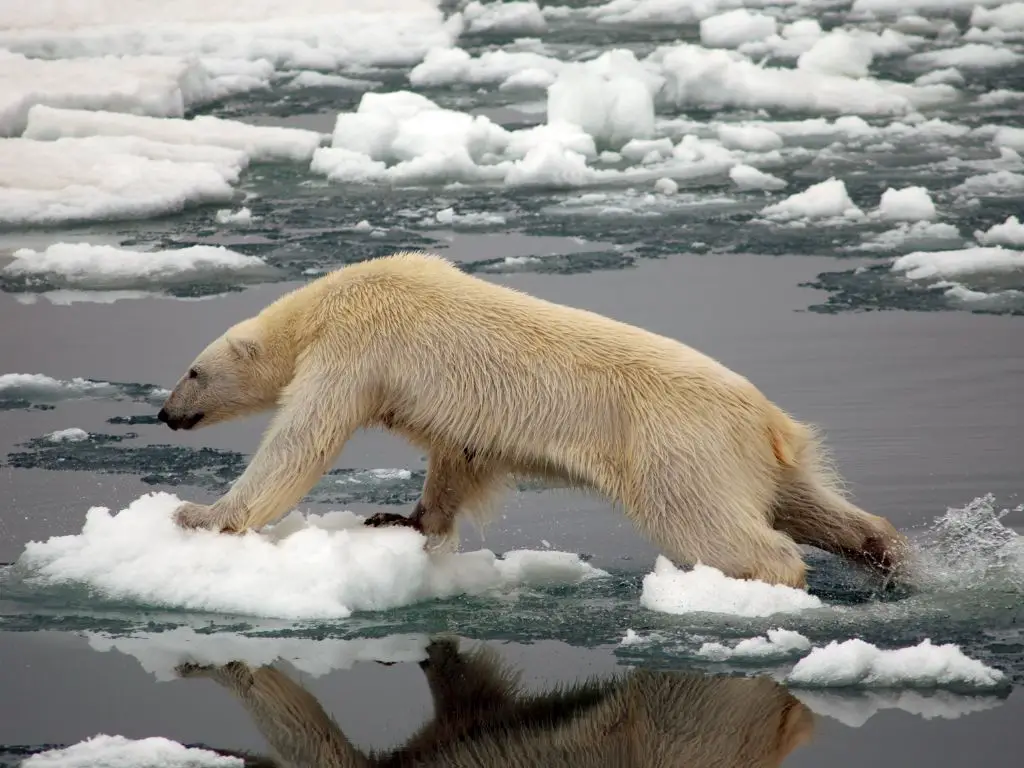
Adaptation to cold water
They have the ability to slow down the blood flow to the skin and the limbs, which helps them to stay longer in the cold water while hunting.
Adaptation to hunger
They can survive for long periods of time without food, they can reduce their energy consumption by slowing down their metabolism and by reducing their body temperature.
Adaptation to low oxygen
They have a higher concentration of red blood cells which allows them to store more oxygen and survive in low oxygen environments such as under the ice.
Adaptation to UV rays
Their fur does not reflect UV rays, allowing them to absorb it and convert it into vitamin D, which is important for their bone growth and health.


Leave a Reply